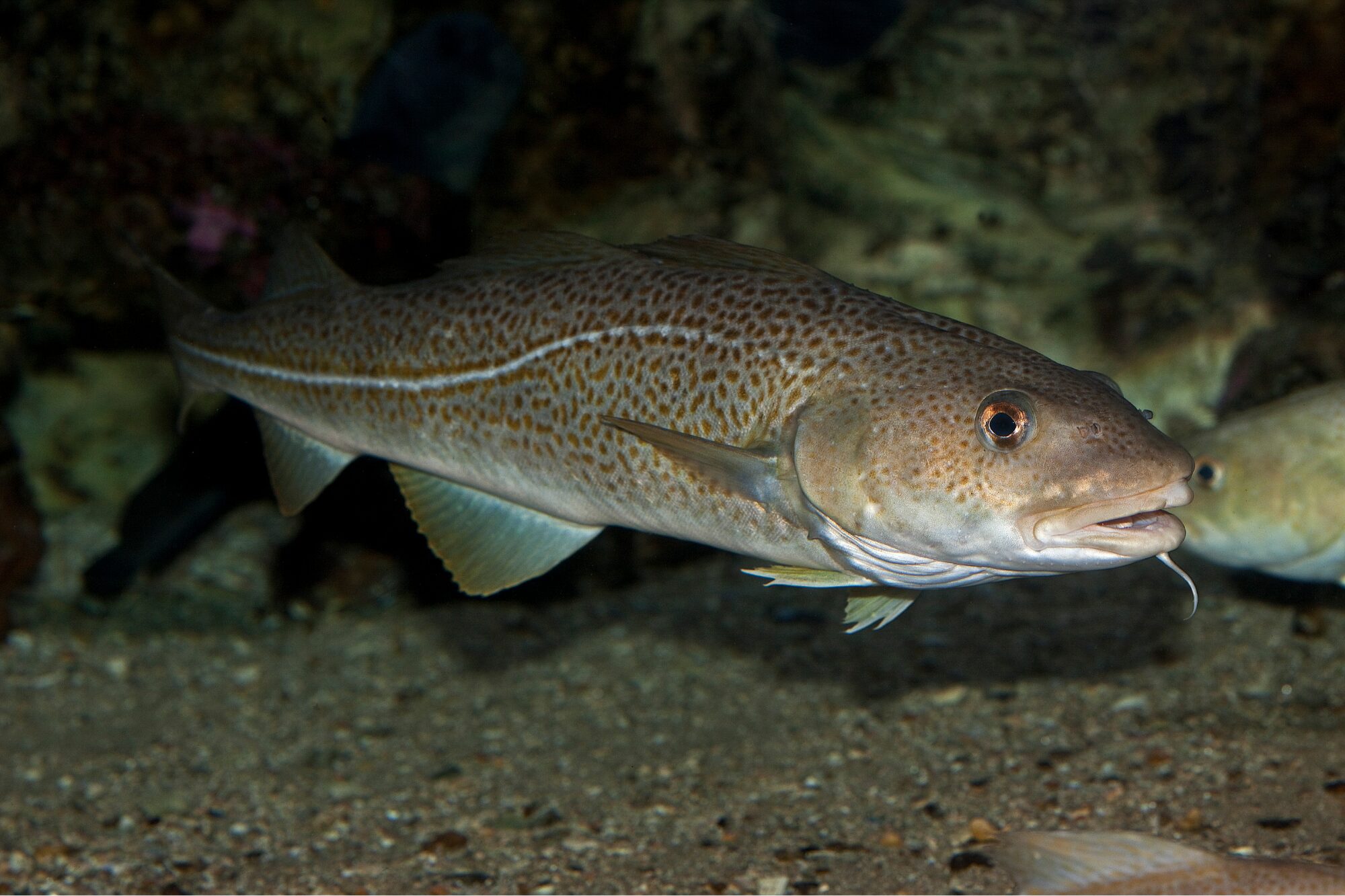
Oceans North Urges Continued Caution in Northern Cod Management
April 8, 2025
ST. JOHN’S—Following concerns about the long-term sustainability of the Northern cod population, Oceans North is recommending a 15-percent reduction in the total allowable catch (TAC) from 18,000 tonnes to 15,300 tonnes this year.
In 2024, the Northern cod fishery was reopened to commercial fishing, lifting a 32-year moratorium. But despite being out of the critical zone, the stock has not shown signs of rebuilding and this year’s projections indicate that—even under current harvest levels—the stock is at a 56 to 71 percent risk of decline by 2028. With surplus production near zero since 2018, further growth in the stock is constrained. This is potentially being exacerbated by the expected decline in capelin, which is a major driver of cod productivity.
“By taking thoughtful, science-driven action now, we can ensure a sustainable and resilient cod fishery for years to come. ”
– Gemma Rayner, Fisheries and Special Projects Advisor
“While it is good news that the stock is above the critical zone for the second assessment year, there has been no significant growth in the Northern cod population recently, and a cautious approach is needed,” says Gemma Rayner, Fisheries and Special Projects Advisor at Oceans North.
The estimated size of the Northern cod stock increased in 2024 because the stock assessment model was revised based on additional data. This new data also led to a lowering of the stock’s limit reference point (LRP), which defines when a stock is in the “critical zone.” While these revisions are based on an improved understanding of the stock, they have created a misleading sense of continued recovery.
Since the total amount of Northern cod allowed to be taken last year was 21,317 tonnes, setting the TAC at 15,300 tonnes would cover all other sources of removals (including recreational fishing, Indigenous food, social and ceremonial use, research, and a 5 percent international allocation under NAFO). This would mean no new commercial fishing for the year—just carrying over existing allowances.
Oceans North has also recommended a 15 percent reduction in the 2+3 Capelin TAC, from 14,533 tonnes to 12,353 tonnes, in light of the capelin decline forecasted for 2025. This proactive measure aims to reduce additional pressure on the Northern cod population, which is already facing challenges in recruitment and productivity.
“We advocate for a precautionary approach, focusing on continued rebuilding of the Northern cod stock to provide for future generations. By taking thoughtful, science-driven action now, we can ensure a sustainable and resilient cod fishery for years to come and not make the mistakes of the past,” Rayner added.
For more information, please contact:
Alex Tesar
Communications Director
Oceans North
[email protected]
